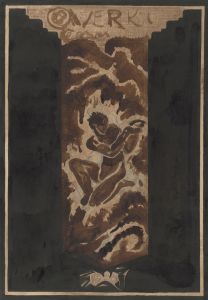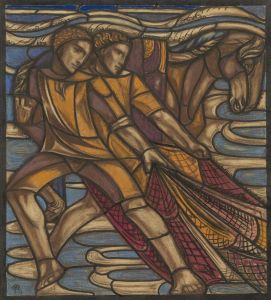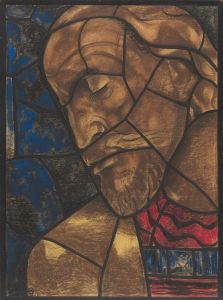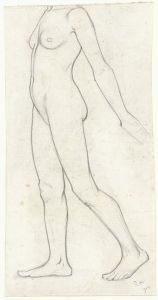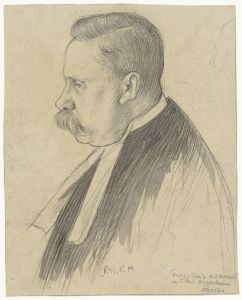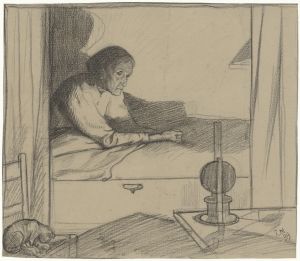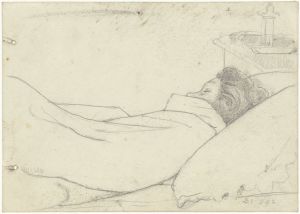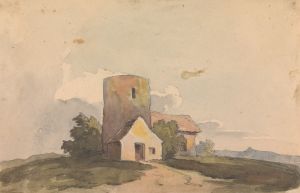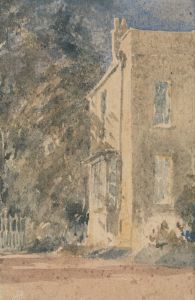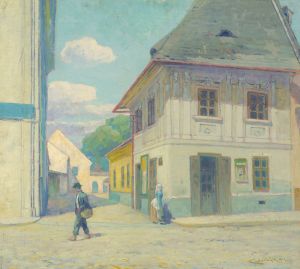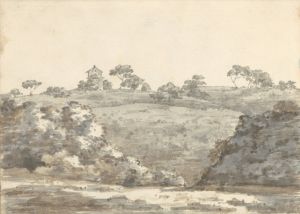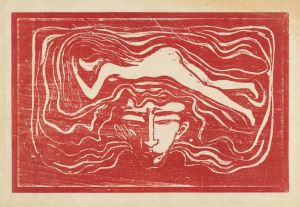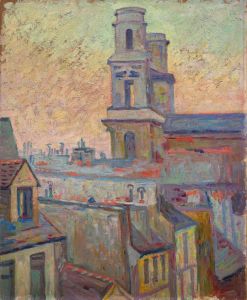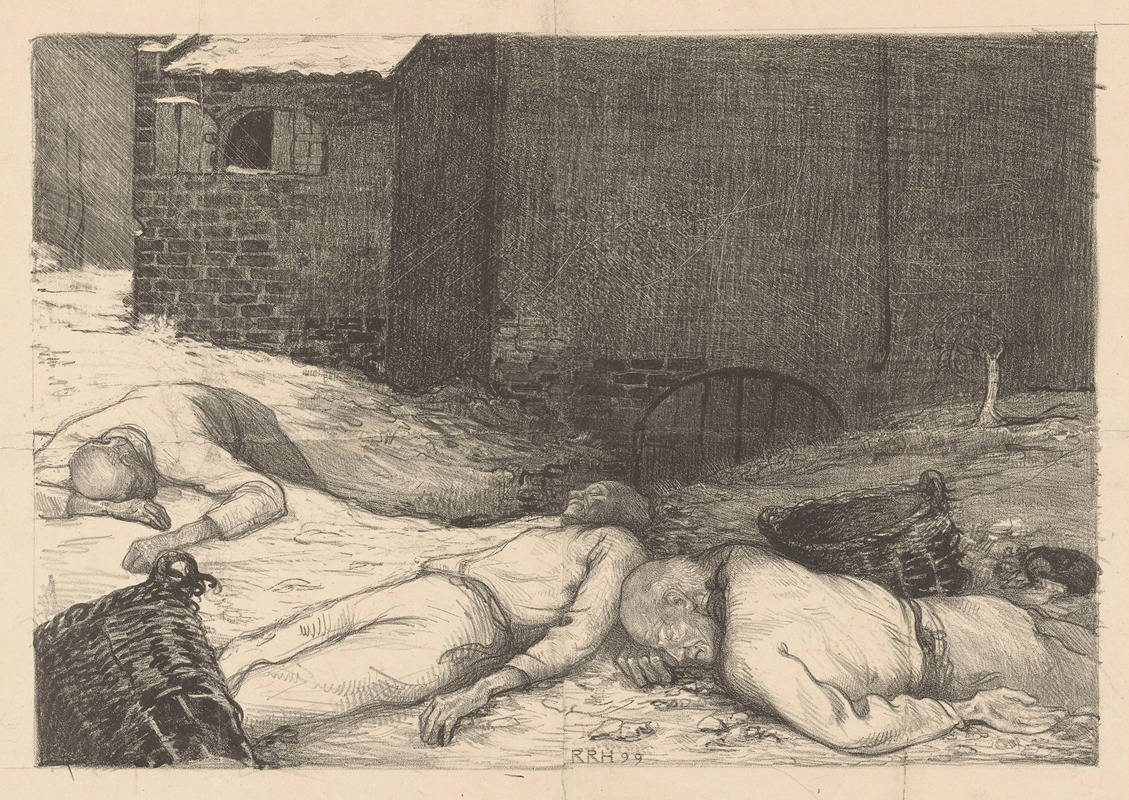
Drie liggende, dode mannen bij een gebouw
A hand-painted replica of Richard Nicolaüs Roland Holst’s masterpiece Drie liggende, dode mannen bij een gebouw, meticulously crafted by professional artists to capture the true essence of the original. Each piece is created with museum-quality canvas and rare mineral pigments, carefully painted by experienced artists with delicate brushstrokes and rich, layered colors to perfectly recreate the texture of the original artwork. Unlike machine-printed reproductions, this hand-painted version brings the painting to life, infused with the artist’s emotions and skill in every stroke. Whether for personal collection or home decoration, it instantly elevates the artistic atmosphere of any space.
Richard Nicolaüs Roland Holst was a prominent Dutch artist known for his contributions to the Symbolist movement in the late 19th and early 20th centuries. Born in 1868 in Amsterdam, Holst was a versatile artist whose work spanned painting, illustration, and design. He was deeply influenced by the social and political changes of his time, which often reflected in his art.
One of Holst's notable works is "Drie liggende, dode mannen bij een gebouw" (Three Reclining Dead Men by a Building). This painting is a compelling example of his Symbolist style, characterized by its use of allegory and metaphor to convey deeper meanings. The painting depicts three lifeless male figures lying near a structure, evoking a sense of mystery and contemplation. The somber tone and the positioning of the figures suggest themes of mortality and the human condition, common motifs in Symbolist art.
Holst's work often incorporated elements of social commentary, and "Drie liggende, dode mannen bij een gebouw" can be interpreted as a reflection on the societal issues of his time. The late 19th and early 20th centuries were periods of significant upheaval in Europe, marked by industrialization, political unrest, and changing social norms. Artists like Holst used their work to explore these themes, offering a critique of contemporary society and its impact on individuals.
The painting's composition and use of color are noteworthy. Holst employed a muted palette, which enhances the somber mood of the scene. The figures are rendered with a degree of abstraction, a common technique in Symbolism, allowing viewers to project their interpretations onto the work. The building in the background serves as a silent witness to the scene, its purpose and significance left open to interpretation.
Holst was not only a painter but also an influential figure in the Dutch art community. He was a member of several artistic societies and played a key role in promoting the ideals of the Arts and Crafts movement in the Netherlands. His commitment to integrating art into everyday life is evident in his diverse body of work, which includes murals, stained glass, and book illustrations.
Throughout his career, Holst maintained a strong connection to the social and political issues of his time. He was an advocate for workers' rights and believed in the power of art to inspire change. This belief is reflected in his artistic output, which often addressed themes of justice, equality, and the human spirit.
"Drie liggende, dode mannen bij een gebouw" remains a significant work within Holst's oeuvre, exemplifying his ability to blend artistic innovation with social commentary. While specific details about the painting's creation and reception are limited, its enduring impact lies in its evocative imagery and the universal themes it explores. Holst's legacy as a Symbolist artist and social commentator continues to be recognized and appreciated in the art world today.





